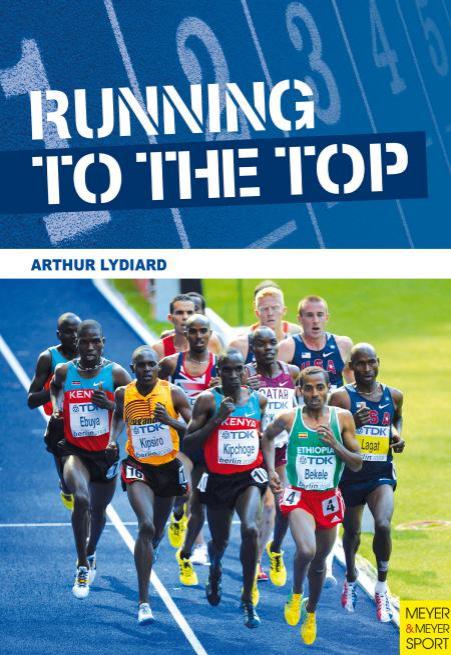Running to the Top by Arthur Lydiard

Author:Arthur Lydiard [Arthur Lydiard]
Language: deu
Format: epub, pdf
Publisher: Meyer & Meyer Sport
Published: 2012-03-05T05:00:00+00:00
Chapter 12: Setting out Your Schedule
The method of setting out a schedule is fairly simple. Begin by counting the number of weeks between now and the first important race you intend to contest. Any races in between will become part of your training programme.
Allow the last six weeks for co-ordination training.
Four weeks before that for anaerobic and speed development and four weeks for hill exercise running and muscular efficiency and conditioning.
Any weeks left begin now and are for aerobic mileage to develop a high as possible aerobic threshhold. The more weeks the better. The conditioning starts with only aerobic mileage, on flat and hill courses. As you near the second phase, hill training occurs two or three days a week, with one long aerobic run and leg speed and fast relaxed runs over 100 metres on the others. Some wind sprints every 15 minutes during hill training.
Anaerobic training is also two or three days each week, plus one long aerobic run and days of sprint training sessions and easy running.
The co-ordination training consists of sharpeners, trials, development races (under and over the target distance), pace judgement training, fast relaxed striding and, if needed, fast anaerobic 300 and 500 m runs.
It ends with a freshening up phase which leads into the target race.
Remember that schedules are only for guidance because athletes have varying strengths and weaknesses, different training backgrounds and different levels of fitness. Treat the figures as hypothetical and use them in relation to your individual fitness and training background. Training, not straining, is the controlling factor; it is better to go too slowly than too fast.
Assess your day-to-day reactions and adjust the schedule within the guidelines and train accordingly.
The importance of the guidelines is that they are designed to progressively develop potential and control the ultimate form attained. So the aerobic base or anaerobic threshhold is of vital significance. The stronger it is, the better the foundation on which the rest of the preparation is based.
Anaerobic exercise must not enter the conditioning phase, although a sprinter should do some training for speed in some form through the whole schedule, possibly by conditioning muscles with isotonic resistance or exercising to improve flexibility and power, and should also work on technique. This could involve some speed sessions of an anaerobic nature which should be followed by easy jogging to allow for full recovery.
In each stage of development, I have included exercises that prepare the athlete for the next stage. For instance, during the aerobic phase, some hill training is suggested which will prepare a runner for the intensive hill phase which follows; and the hill phase includes some short, sharp sprints to prepare for the anaerobic phase which follows when you come off the hills. Not much, just enough to be effective and to make the transition from one phase to the next easier.
This balance in training is of utmost importance if the best results are to be achieved, whether your preference is to do the minimum amount in each session or the maximum, whether you want to be a champion or just a better, fitter fun runner.
Download
This site does not store any files on its server. We only index and link to content provided by other sites. Please contact the content providers to delete copyright contents if any and email us, we'll remove relevant links or contents immediately.
Born to Run: by Christopher McDougall(7068)
Bodyweight Strength Training Anatomy by Bret Contreras(4617)
Dynamic Alignment Through Imagery by Eric Franklin(4125)
Men's Health Best by Men's Health Magazine(2551)
The Coregasm Workout by Debby Herbenick(2222)
Starting Strength by Rippetoe Mark(2080)
Relentless by Tim S Grover(2048)
Core Performance Essentials by Mark Verstegen(1982)
Endure by Alex Hutchinson(1968)
Bigger Faster Stronger by Greg Shepard(1947)
Weight Training by Thomas Baechle(1743)
Relentless: From Good to Great to Unstoppable by Tim S Grover(1652)
The Stretching Bible by Lexie Williamson(1558)
The Spartan Way by Joe De Sena(1536)
Practical Programming for Strength Training by Mark Rippetoe & Andy Baker(1535)
Good to Go by Christie Aschwanden(1447)
Dr. Jordan Metzl's Running Strong by Jordan Metzl(1384)
The Art of Throwing by Amante P. Marinas Sr(1358)
Total Hockey Training by Sean Skahan(1351)
